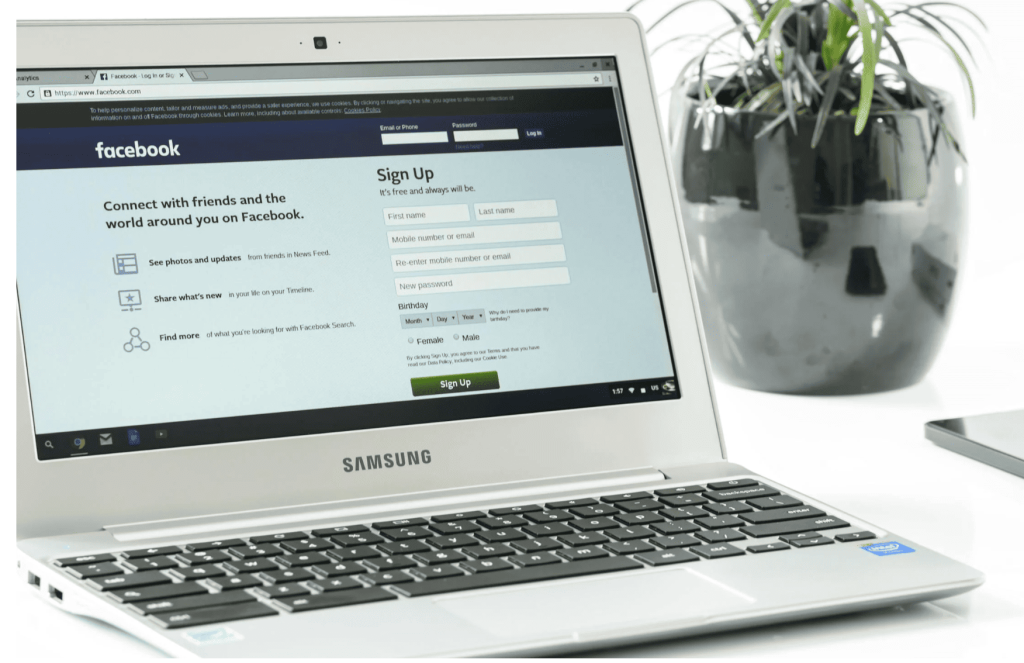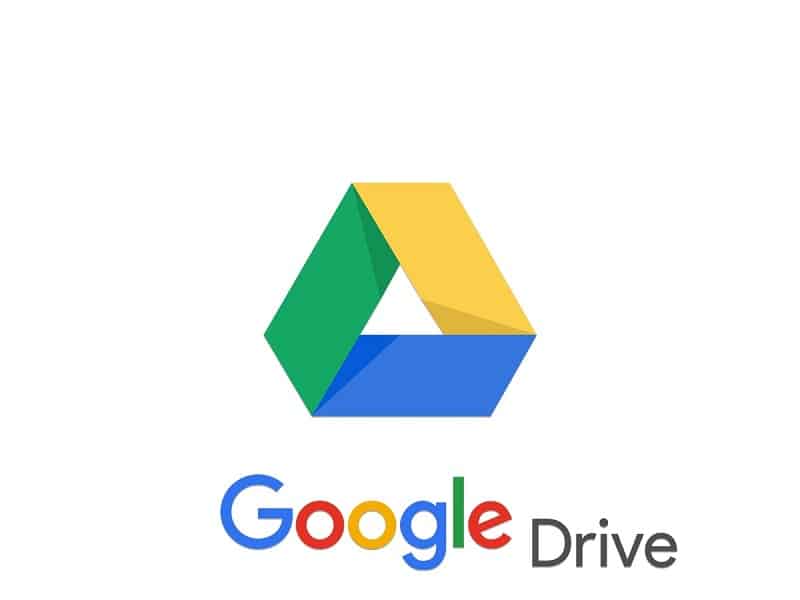Facebook’s Ads Manager can feel like a cockpit full of blinking dials, each insisting it holds the secret to success. Three gauges—Return on Ad Spend (ROAS), Click-Through Rate (CTR), and Cost per Mille (CPM)—flash brightest, and marketers often wonder which one deserves the most attention. The answer depends on what you want from your campaign, how far along your funnel is, and the resources you can commit to optimization.
Table of Contents
Understanding ROAS: The Ultimate Profit Lens
ROAS measures how many dollars come back for every dollar you spend, translating performance into the language executives respect most—revenue. If your goal is pure profit, ROAS rules the conversation. A $5 ROAS means five dollars earned for every dollar invested; anything lower than your break-even target signals you’re feeding Facebook more than you’re feeding your business.

Because ROAS rolls clicks, conversions, and average order value into a single figure, it’s perfect for e-commerce stores and direct-response offers. However, ROAS can mask early-stage issues: a campaign that produces a handful of expensive purchases may show a decent ROAS while starving your pixel of the data it needs to scale. Track it, but dig deeper if volume is low.
Interpreting CTR: The Pulse of Your Creative
CTR reveals the percentage of viewers who clicked your ad, making it the clearest indicator of relevance and thumb-stopping power. Strong creative, tight audience targeting, and compelling copy drive CTR upward, signaling that your message resonates. A sagging CTR tells you the opposite—your ad blends into the feed or fails to promise value.
Because Facebook’s auction rewards higher engagement with lower costs, improving CTR often triggers a positive feedback loop: your CPM drops, your reach grows, and conversions climb. Yet CTR alone cannot guarantee profitability; a hilarious meme can earn clicks all day but deliver zero purchases. Use CTR as the frontline diagnostic tool—if it’s healthy and sales still lag, your landing page or offer needs work.
Decoding CPM: The Price Tag on Attention
CPM represents the cost of a thousand impressions and acts as the market price for reaching your chosen audience. Factors such as seasonality, competition, and creative quality all push CPM up or down. When budget control is paramount—during a limited launch, for example—CPM becomes critical.
If your CPM spikes suddenly, you’re either in a bidding war or showing stale ads that Facebook de-prioritizes. Lowering CPM through fresh creatives and refined targeting widens the top of your funnel without increasing spend. Still, CPM lacks context around engagement and revenue; a bargain CPM paired with poor CTR and zero conversions only burns cash more slowly.
Choosing the Right Metric for Your Goal
Each metric shines brightest at a different stage of your campaign. During testing, focus on CTR to confirm messaging hits home. As you scale, keep an eye on CPM to ensure efficiency doesn’t erode. Once your funnel is humming, ROAS becomes the north star, telling you exactly how far and how fast to press the accelerator.
Businesses that outsource campaign management to paid advertising services often benefit from dashboards that surface all three metrics at a glance, letting strategists pivot in real time. Ultimately, the metric that “matters most” is the one aligned with your current objective; ignore the others and you’ll steer without depth perception.
Conclusion
ROAS, CTR, and CPM aren’t rival contenders but complementary instruments on the same flight panel. Mastery lies in knowing when to prioritize each one, diagnosing issues quickly, and adjusting creative, targeting, or bids before money leaks. Treat these metrics as a dialogue, not a debate, and your Facebook campaigns will speak clearly—and profitably—about what they need next.



















